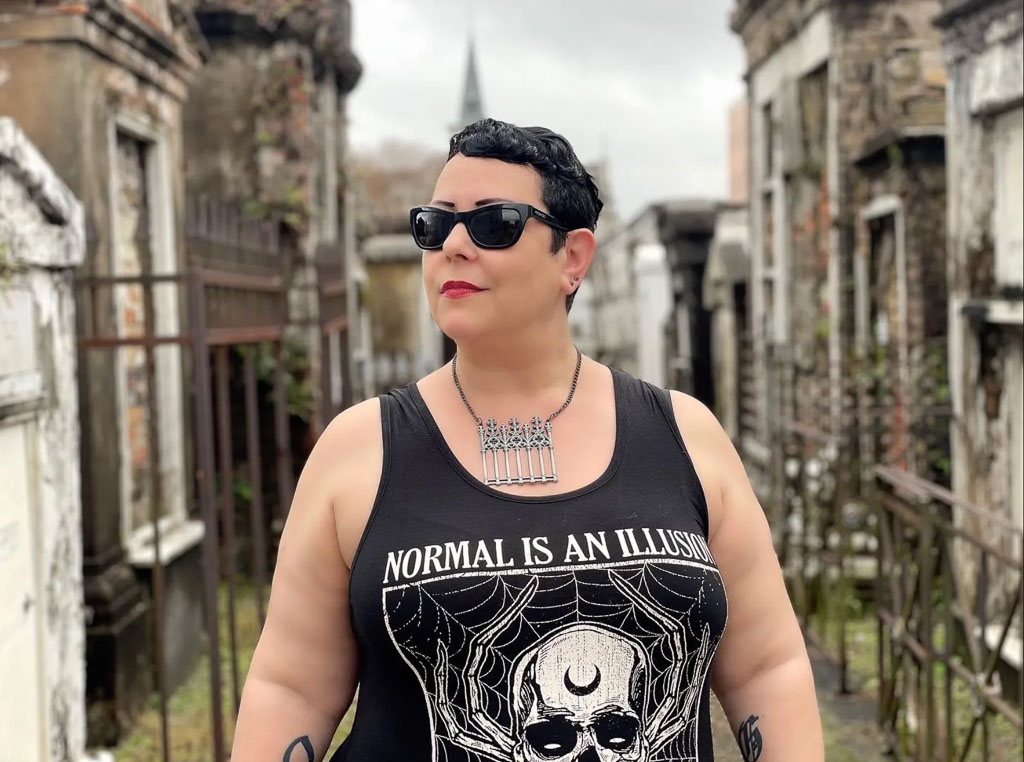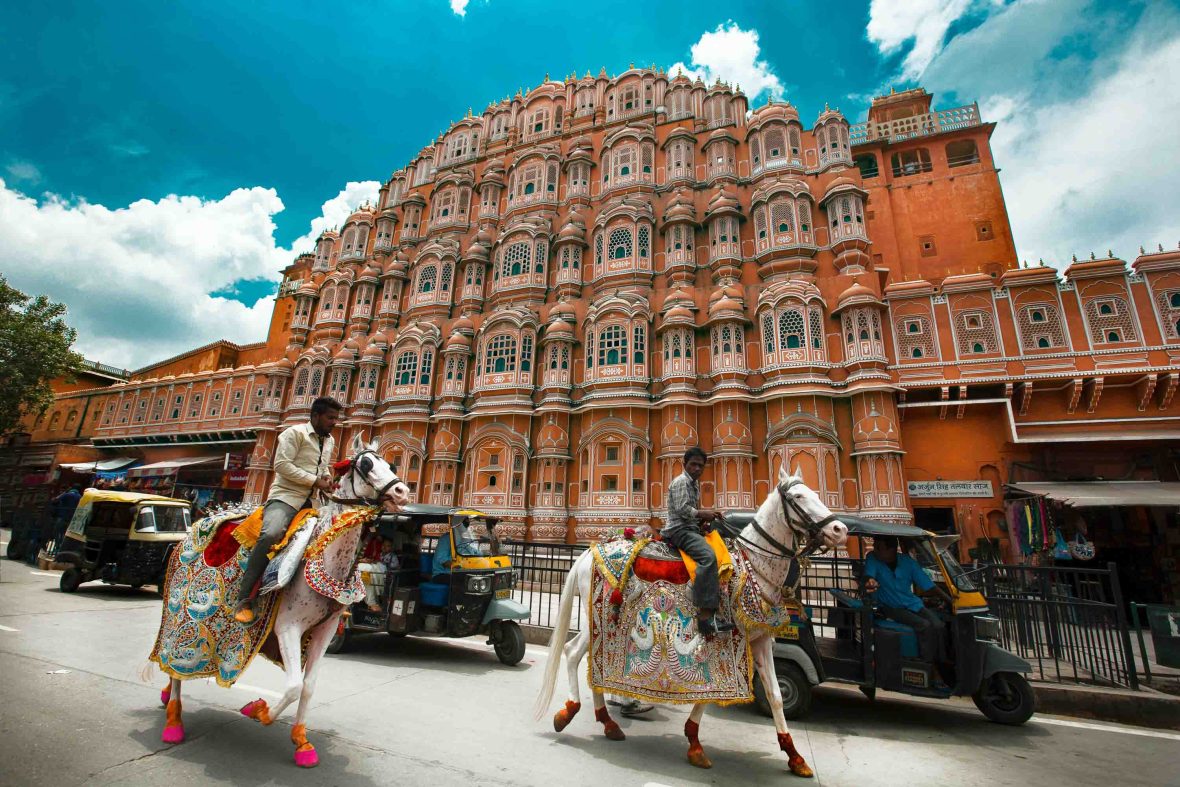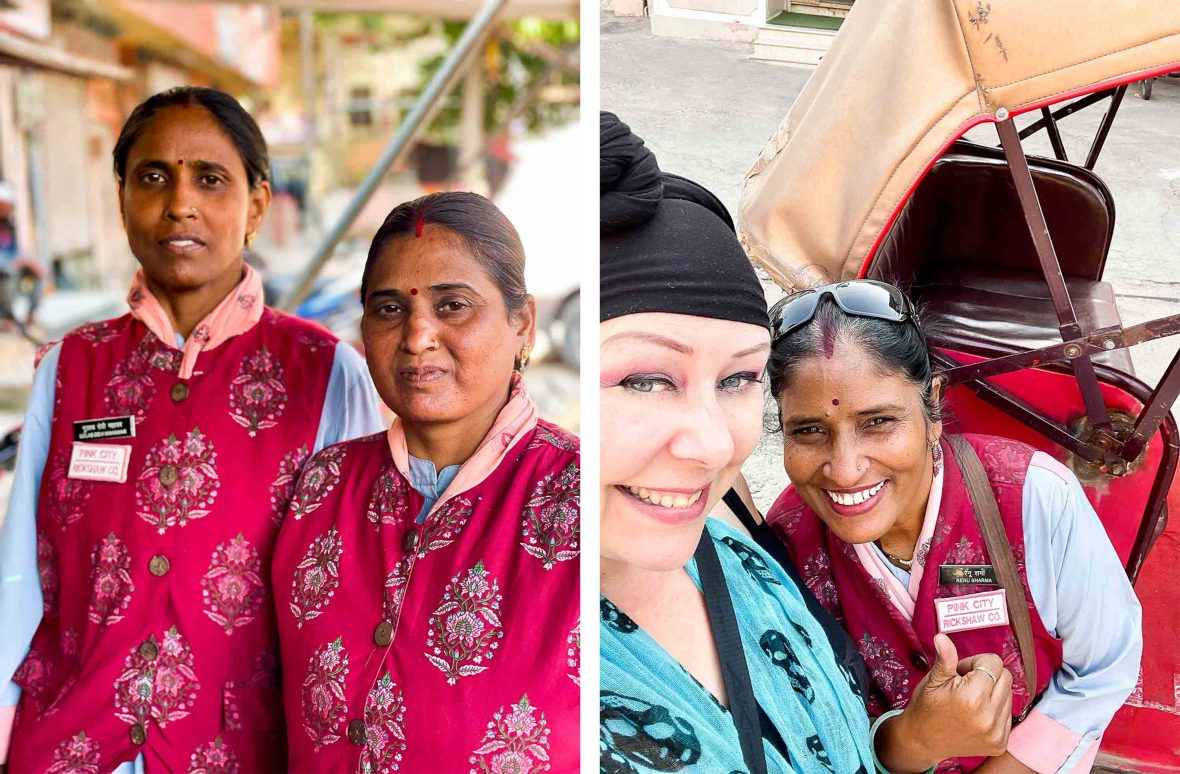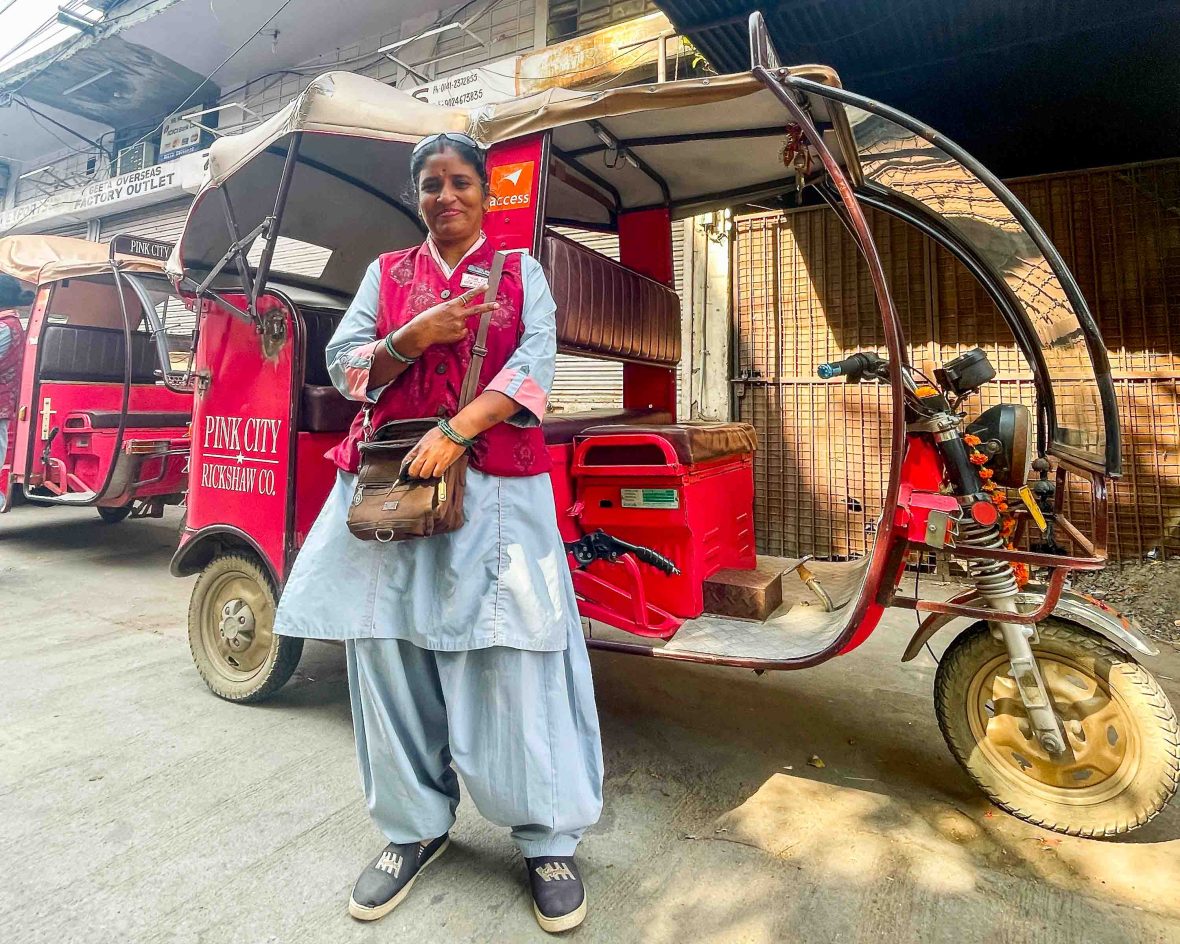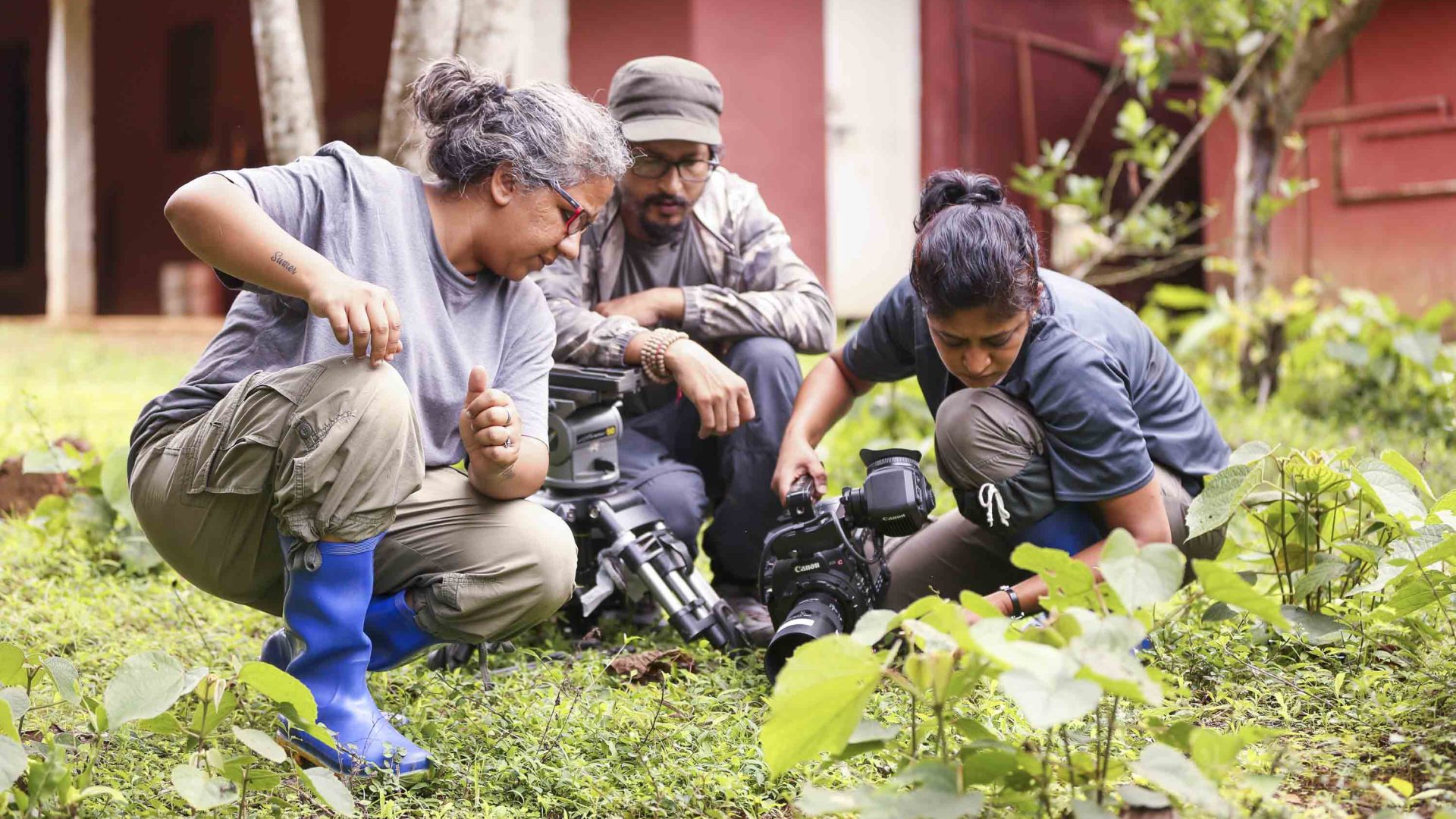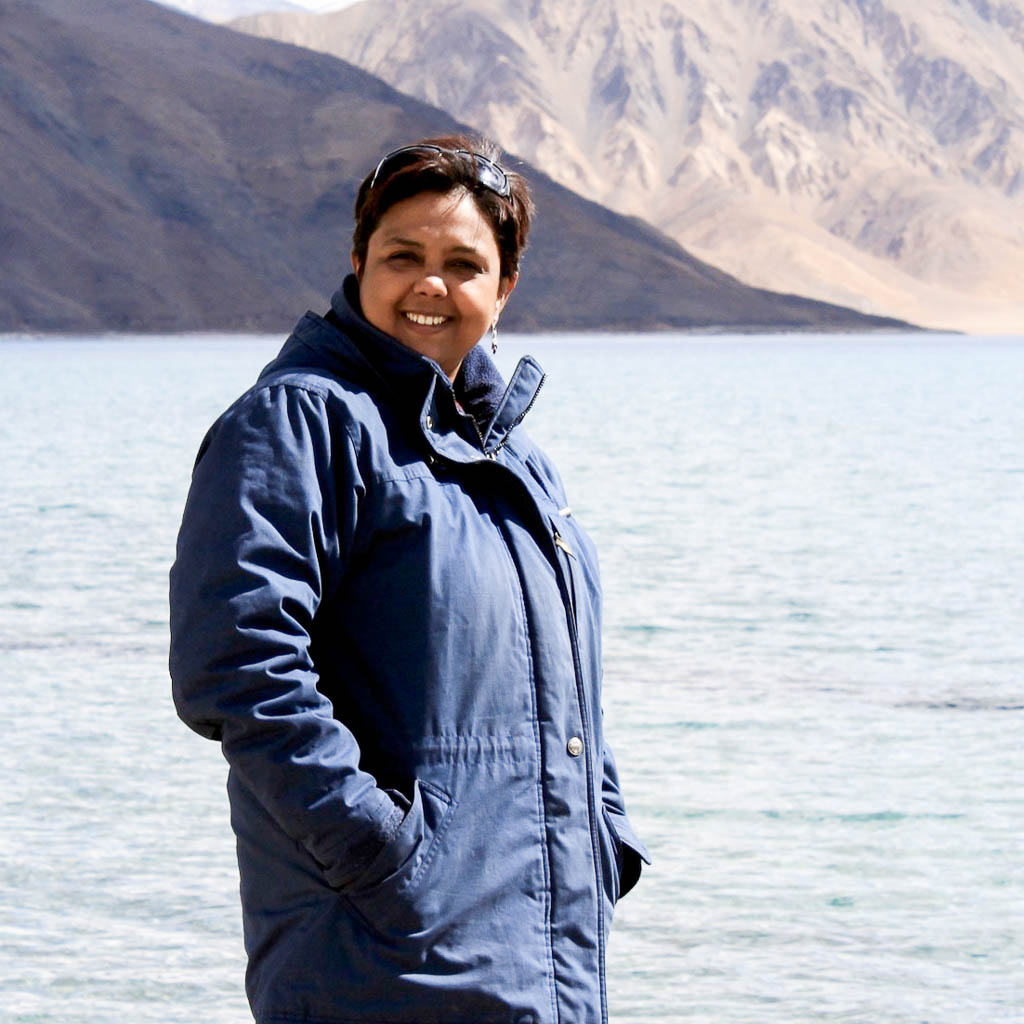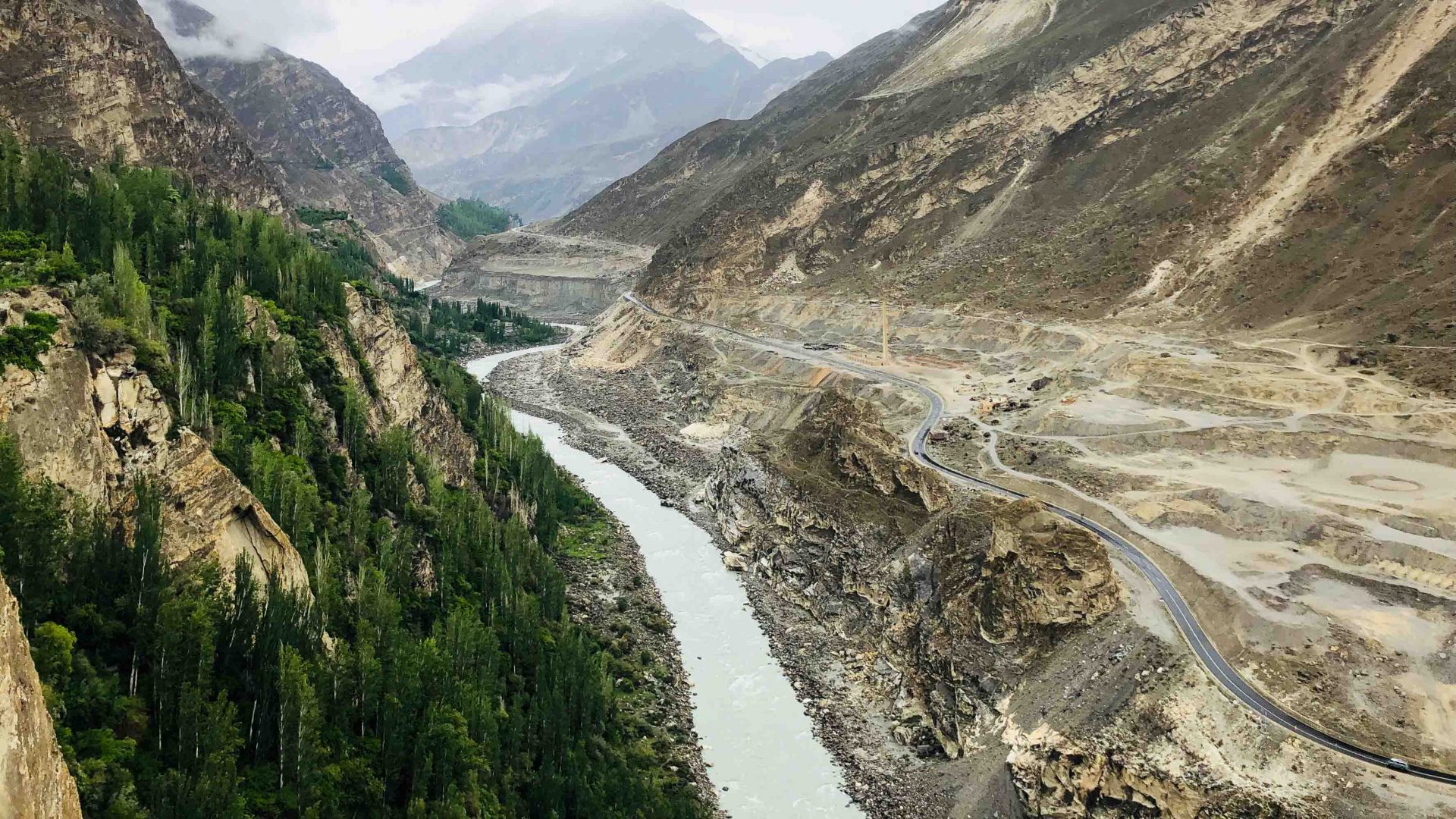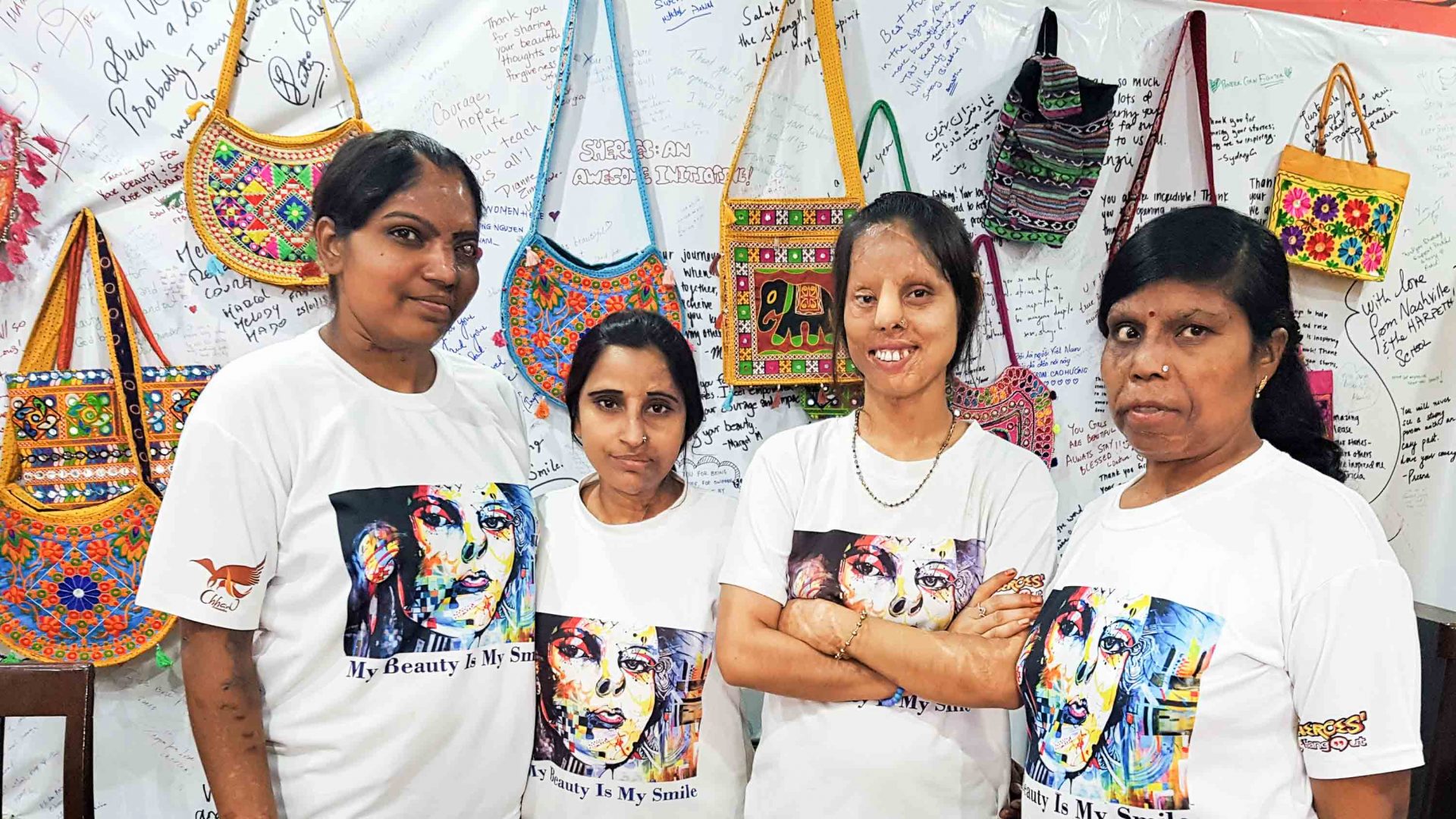As a visitor to Jaipur, the bustling capital of Rajasthan in northern India, you will see plenty that makes your eyes widen in wonder. The romantic rose-colored architecture gives this UNESCO World Heritage site its nickname, “the pink city.” A palace that appears to float on a lake. Street vendors hawking everything from fresh flowers to fireworks, mere inches from the whirlwind of traffic that jostles and honks in a ballet of bedlam.
Amid all these classic sights, something new is drawing attention: The women of Pink City Rickshaw Company.
“Do you see how they are looking at her?” my tour leader asks, referring to our rickshaw driver, Renu Sharma, who is navigating the busy Jaipur streets without a care for the stares.
I have indeed noticed how locals turn their necks as we pass—and, for once, not to look at us, the foreign travelers. In India, public transportation is the domain of men. On our eight-day India Women’s Expedition trip, we encounter only men driving the taxis, buses and ubiquitous rickshaws, those small open-air vehicles that help move millions in tight spaces in this country. But here in Jaipur, things are changing.

